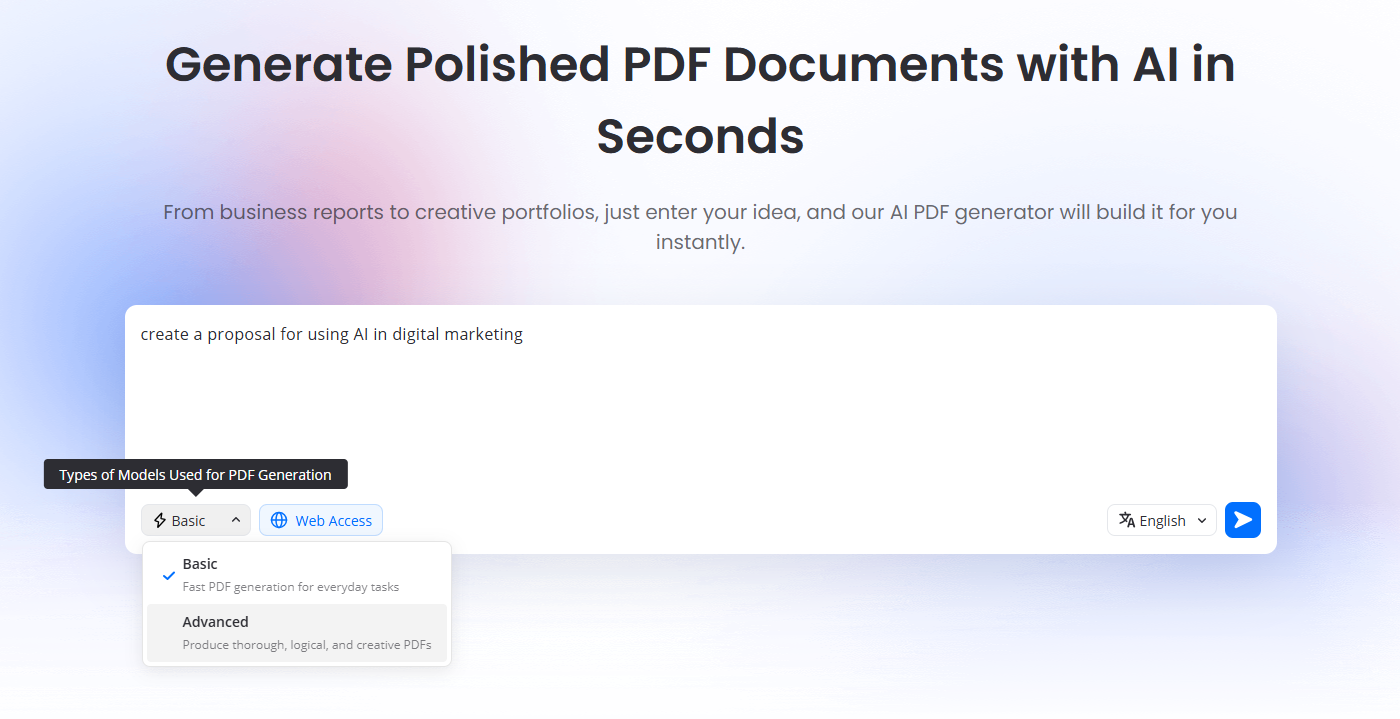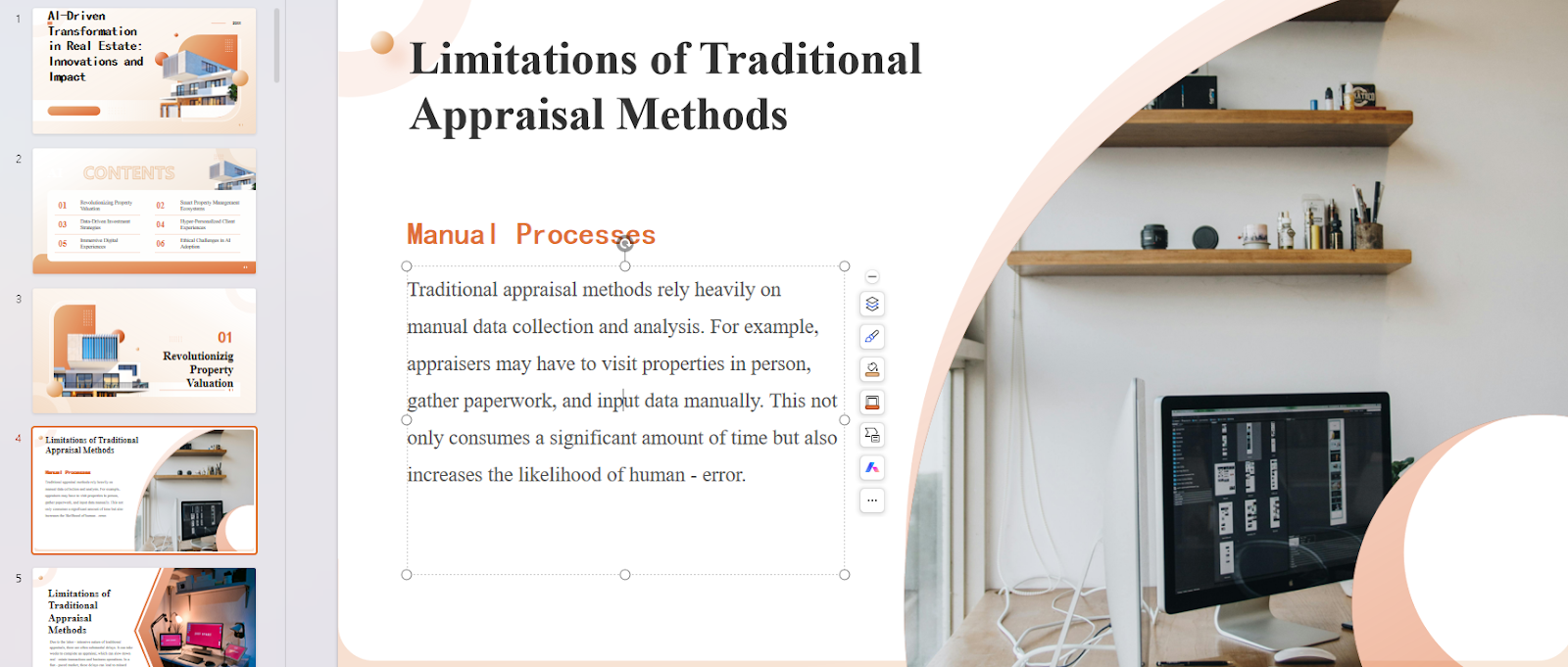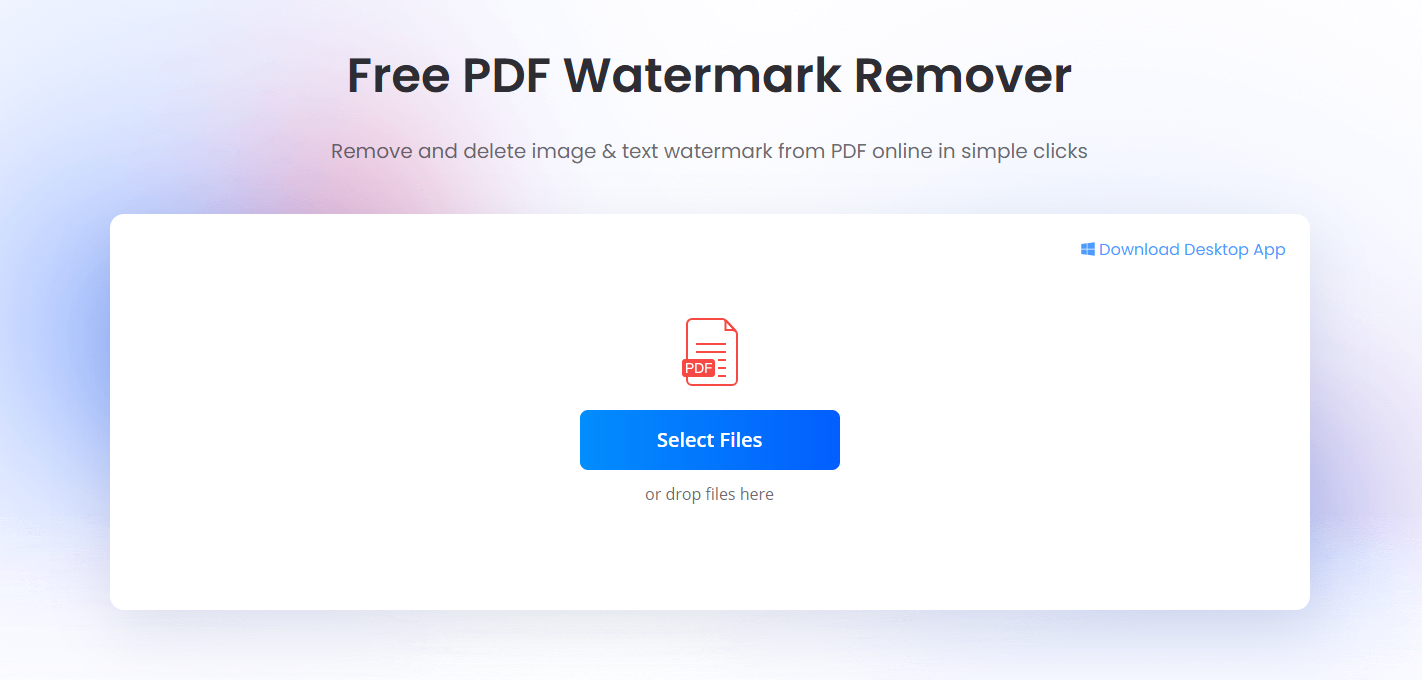The way we handle documents is evolving. PDFs, long considered static and rigid, are now stepping into the future with AI. Platforms like LightPDF are at the forefront of this transformation, turning everyday document tasks into smart, automated workflows. What was once tedious, manual work—formatting, translating, cleaning, converting—is now becoming instantaneous, reliable, and remarkably intuitive.
From Prompt to PDF in Seconds
Imagine creating a fully formatted PDF simply by describing what you need. This is no longer science fiction. With LightPDF’s AI PDF Generator, users can type a prompt, select a language from over 20 options—including English, Japanese, Spanish, German, and French—and instantly generate a polished PDF.
It’s not just about speed. The platform makes content creation accessible even for those without design or formatting experience. Students can draft study guides; professionals can produce reports; researchers can convert raw notes into structured documents. The AI interprets context, organizes sections, and applies formatting automatically, bridging the gap between ideation and a finished PDF.

Visualizing Knowledge: PDF to Mind Map
LightPDF doesn’t stop at documents. Upload a PDF and turn it into a mind map in seconds. This feature is perfect for students, educators, and professionals who want to extract, organize, and visualize information effortlessly.
From Text to Presentation: AI-Powered PPT Generation
Presentations are another pain point in traditional workflows. Structuring slides, deciding layouts, and ensuring consistency can take hours. LightPDF’s AI-powered PPT Generator streamlines this process. Users enter a prompt, select a template, and the AI produces a fully editable PowerPoint presentation.
The AI creates logical outlines and suggested visuals, yet the user retains control—images and text can still be adjusted manually. This hybrid approach balances automation and creativity, allowing teams to iterate faster without sacrificing originality or quality. For companies that rely on pitch decks, proposals, or internal reports, this feature transforms presentation prep from a bottleneck into a near-instant workflow.

Smart Translation and Watermark Removal
LightPDF simplifies global collaboration with one-click PDF translation into your desired language. It also cleans up your documents and images: remove watermarks, enhance image clarity, or even batch-process multiple files using the AI Agent, which handles tasks like conversion, compression, encryption, and more—all in a single workflow.

Beyond AI: Full PDF Editing and Conversion
While AI highlights the platform, LightPDF still provides comprehensive PDF management tools. Users can:
- Convert PDFs to Word, Excel, PPT, TXT, PNG, JPG, long images, Markdown, or PDF/A.
- Convert other formats—Word, PPT, Excel, TXT, HTML, images, CAD, EPUB, ODT—into PDFs.
- Edit PDFs: annotate, add or remove watermarks, split, merge, rotate, crop, compress, optimize, OCR, and secure files.
This combination of AI-driven automation and traditional editing tools ensures that LightPDF is both innovative and versatile, suitable for a wide spectrum of users, from students and educators to professionals in demanding corporate workflows.
Rethinking Productivity with AI
The integration of AI into PDF workflows represents more than mere convenience—it’s a paradigm shift in document handling. Consider these scenarios:
- A student transforms chaotic lecture notes into a structured mind map in seconds, improving retention and comprehension.
- A professional generates multilingual reports and presentations, reducing translation bottlenecks and formatting errors.
- A research team batch-processes dozens of PDFs, removing watermarks, converting formats, and compressing files—all automatically.
The common thread is clear: AI reduces repetitive, low-value tasks, freeing cognitive resources for strategic thinking, analysis, and creativity. In essence, document workflows are evolving from static, manual processes into adaptive, intelligent systems.
Lynn Martelli is an editor at Readability. She received her MFA in Creative Writing from Antioch University and has worked as an editor for over 10 years. Lynn has edited a wide variety of books, including fiction, non-fiction, memoirs, and more. In her free time, Lynn enjoys reading, writing, and spending time with her family and friends.















